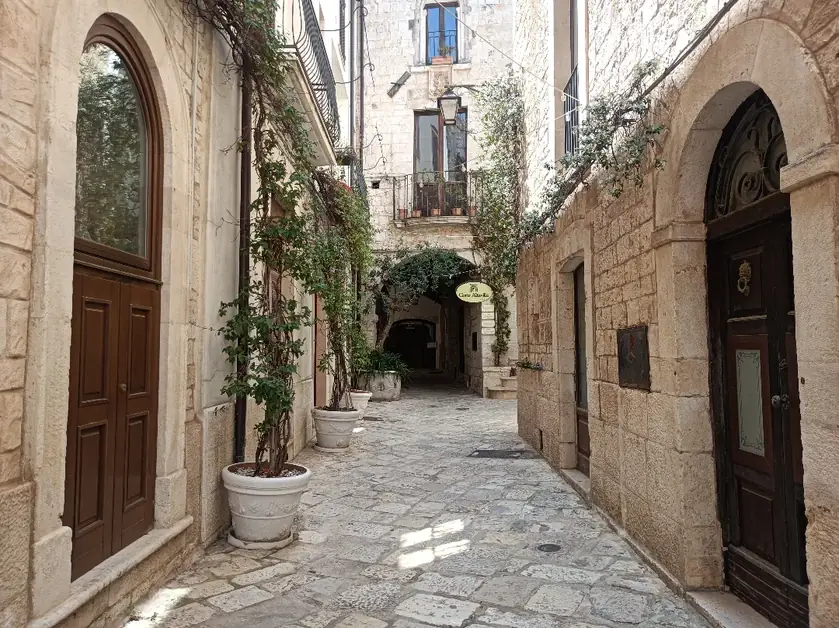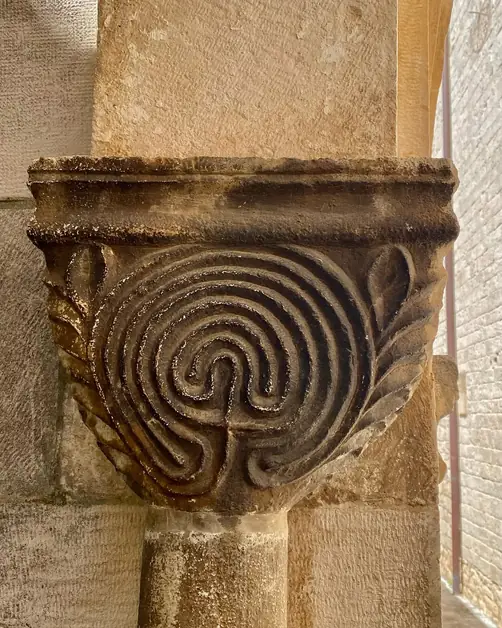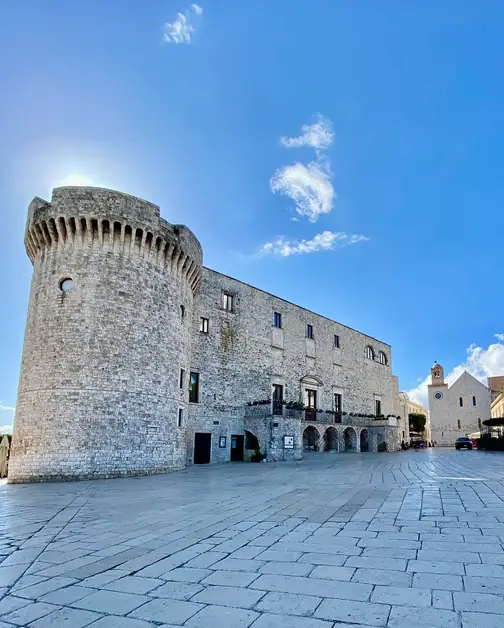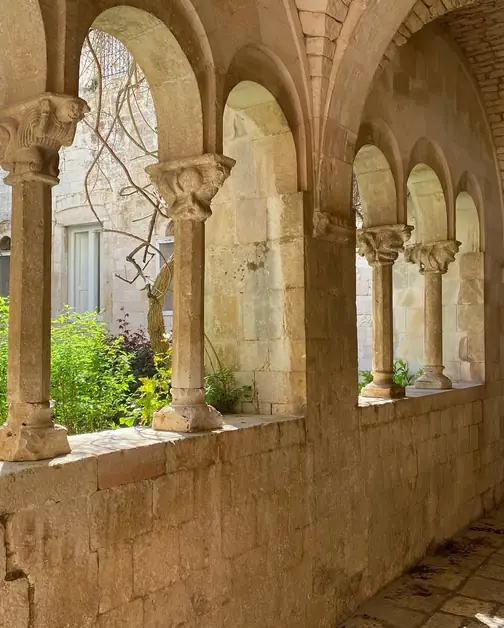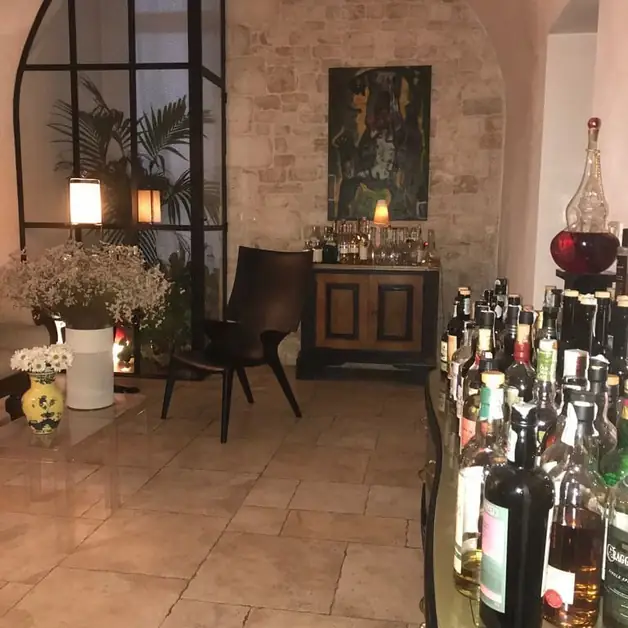Conversano: history and beauty
Conversano, a Puglian village rich in history and beauty, offers a unique cultural heritage with its castle, cathedral, and monastery.
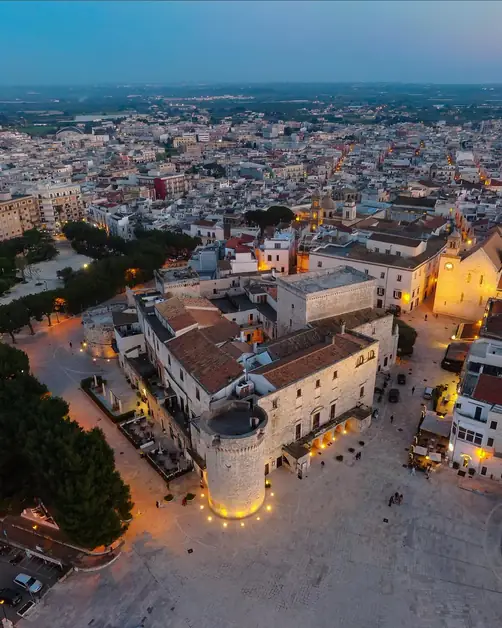
Conversano is a charming municipality located in the metropolitan city of Bari, in Puglia. With a population of about 25,000 inhabitants, this village is a true treasure trove of history, art, and architecture. The origins of Conversano date back to the Iron Age when it was known as Norba. In 268 BC, Norba became part of the Roman Empire, but after the fall of the Empire, the city was destroyed by barbarian invasions. Subsequently, a new settlement emerged, called Cupersanem, from which the current name Conversano is derived.
The historical heart of the city is represented by Piazza della Conciliazione, also known as Largo della Corte. Here, three fundamental elements can be found: the Norman castle, the Romanesque cathedral, and the monastery of San Benedetto. Due to these important buildings, Conversano was nicknamed "the Athens of Puglia" for its significant cultural role in the past.
In 1054, Goffredo d’Altavilla became the count of Conversano, giving rise to a county that extended from Bari to Lecce. By the 1400s, Giulio Antonio Acquaviva was leading the city, but his life was tragically cut short by an ambush. The title passed to his son Andrea Matteo, who added the title "d'Aragona" to his surname.
Conversano has experienced significant historical events, such as the plague of 1690, which led the Acquaviva d'Aragona family to increasingly relocate to Naples. In 1886, a popular revolt against the nobles culminated in a fire that also affected the municipal archive, marking a moment of great social tension.
Upon arriving in Conversano, the first element that strikes is the bell tower of the church of Carmine, with the symbol of the Carmelites visible on the door. Crossing the ancient entrance adorned with the city coat of arms gives the impression of stepping back in time by two centuries.
In the city center, the clock tower attached to the municipality stands, which once housed a convent, as evidenced by the remains of an internal church. The square is characterized by decorated balconies and noble palaces rich in coats of arms, telling stories of a glorious past.
Continuing on, one encounters the church dedicated to Saints Cosmas and Damian, renovated in Baroque style in the 1600s by Gian Girolamo II Acquaviva d'Aragona. The internal decorations, created by the Neapolitan painter Paolo Finoglio, further enrich the artistic heritage of the city.
The cathedral of Conversano, dating back to the 12th century, is an imposing structure that has been extensively restored after a fire. Located along one of the narrowest streets in the center, it represents a fundamental landmark for the community.
Another must-see stop is the monastery of San Benedetto, founded in the 6th century. Here, one can admire works by Finoglio, including a fresco of Saint Benedict and Saint Blaise, dated 1645 and considered his last work.
The Norman castle, which dominates Largo della Corte, is another symbol of Conversano. Built in Norman times and expanded by the Acquaviva d'Aragona family, the castle is characterized by cylindrical towers and strong walls, offering a fascinating panorama and telling centuries of military and political history.
Not far from the center, the municipal villa represents an ideal place for a relaxing walk among plants, fountains, and well-kept paths. Conversano is a perfect destination for those who love medieval history, religious architecture, authentic historic centers, and cultural walks. Easily reachable from Bari and just a few kilometers from the Adriatic coast, Conversano is a village that has managed to preserve tradition, beauty, and memory.
